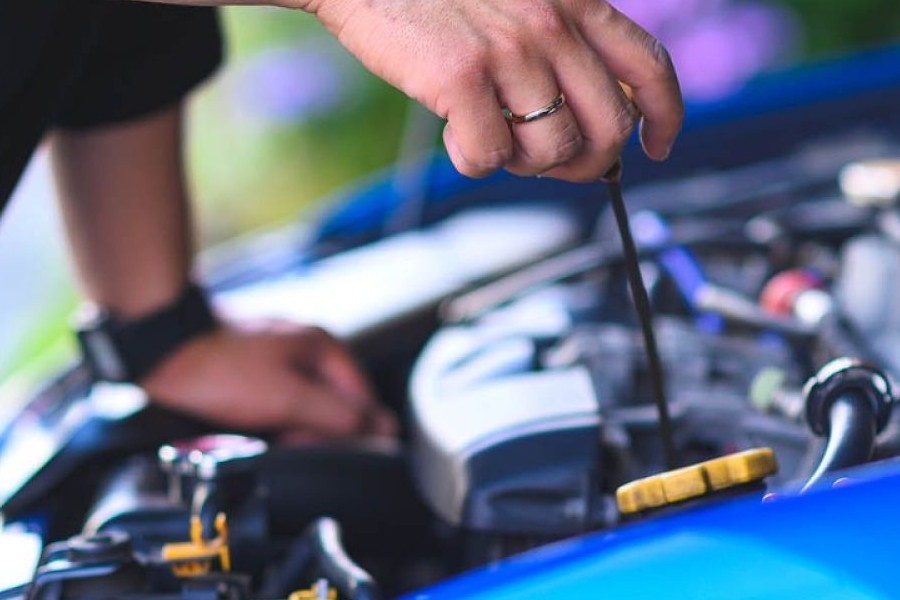
DIY car maintenance you can do at home
1. Check tyre pressure
Level of difficulty: easy
All car makers recommend an ideal pressure for the tyres on their cars. These are listed on the door jamb, fuel filler flap or glovebox lid.
Get into the habit of checking tyre pressures regularly, and keep your tyres at the correct level to maximise fuel efficiency. This will help you avoid premature tyre repair or replacement costs. Driving with low-pressure tyres will increase wear, poor handling and braking, and potential blowouts.
Always check tyre pressures when they are cool. Tyres warm up after a few kilometres on the road and that will give misleading pressure readings.
For those without an air compressor at home, most service stations have free air lines with in-built gauges situated away from the petrol pumps.
- Remove the valve’s screw-on dust cap, which is situated on the outer rim of the wheel.
- Place the tyre gauge, which is integral to the airline, securely on the valve and check the pressure.
- Inflate the tyre to recommended level and check again.
- Refit the dust cap, making sure no dirt gets in, as this can cause leaks.
Some service stations have automatic systems that fill to the pressure you enter. These are great but be aware they are sometimes not well maintained.
2. Tyre wear
Level of difficulty: easy
All tyres have inbuilt indicators that show the tyre tread depth. These are little rubber blocks that protrude from the low point in the tyre channels. If the tread gets close to the wear indicators, it’s time to change that tyre. Some tyre companies recommend replacing tyres once the depth reaches 3mm. The minimum legal limit is 1.6mm, but it’s recommended that you replace tyres prior to that point.
Pay attention to tyre wear patterns, too. Check tyre wear on the inner and outer edges of the tyre as well as the centre. If a car is set up for sports performance, or the wheel alignment is out, that can cause excessive tyre wear on the inner edges. Check the inner edges of your front tyres by putting your steering wheel on full lock to expose the inside edge. If the tyre is heavily worn or below the legal limit, it needs to be replaced.
If your vehicle is older and you don’t drive far, the tyre rubber can become cracked over time. Seek professional advice on whether it’s time to replace your tyres. Similarly, if you observe a bulge, cuts or nicks in the side of the tyre, it is time to get it replaced. This damage will weaken the tyre and increases the risk of a blow out.
Observe your wheel alignment when driving. Does the car pull to the left or right on a flat road? Does the steering wheel sit off centre? It is advisable to get your wheel alignment checked in order to maximise your tyre wear.
